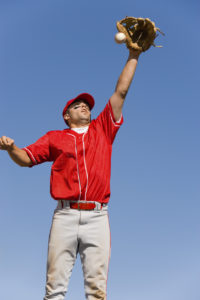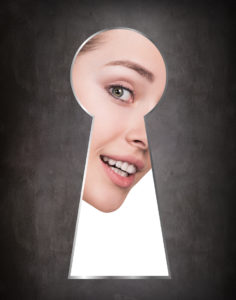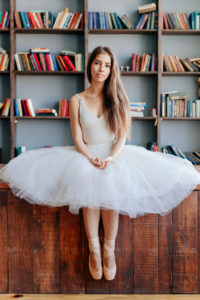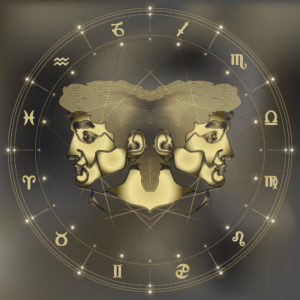
Explaining exceptional athletic performance occupies not only coaches but inquiring spectators. The “Sweet Spot Theory” propounded by sports writer John Jerome provides some interesting insights.
To introduce his theory, Jerome uses the example of throwing rocks as a kid. He spent many hours by a river, tossing rocks at discarded bottles. He’d warm up his throwing arm by just lobbing rocks, noting that “there is a peculiar appeal in such rhythmic, repetitive activity.” But mostly he recalls “the haunting power I felt on that occasional throw when I knew as the stone left my hand it was going to hit its target.”
This is Jerome’s notion of the “sweet spot in time” – a moment when what his mind intended was matched by what his body accomplished. He calls this “a momentary healing of the mind-body split.” Superior athletes seem to be able to find these sweet spots regularly – how they do so is part of the magic that makes sports appealing to those who merely watch.









